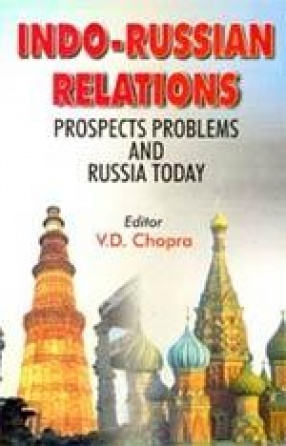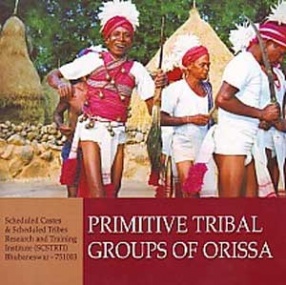In the present Report wherever the term Assam occurs. It does not mean the Assam of today which is a tiny, truncated State with its capital at dispur. It means the entire North Eastern Part of India which is of very great strategic importance with its Frontiers touching Tiber, Burma, Bhutan and the present day Bangladesh. In face this constitutes the old Governor’s province of assam which came into being on 2rd January 1921 under the provisions of sectin3 of the Government of India Act, 1919 and the rules made thereunder which provided for an Executive Council and a legislature known as Legislature Council. It of course excludes hill districts and frontier tracts, declared as background tracts. Thus the Report is of particular significance because it is the first authentic report on the Administration of old Assam after 3.1.1921 the date on which the old Governor’s province of that name came into being. It was prepared against the background of non-cooperation movement started by Mahatma Gandhi and also the Khilafat agitation to which he lent his full moral support. This powerful movement spread like wild fire throughout the length and breadth of India and had its impact over Assam. It therefore finds place in the opening part itself of the Report. It is not merely a routine Administrative Report prepared as an annual ritual for the information of superior authorities but is a virtual history of Assam giving a Kaleido scopic account of aall that Assam stands for including its ancient past,. Its importance lies in the fact that it was formulated after Assam came into being and its administration attained a degree of stability. It is divided into two parts. Part 1 contains a general summary and part II containing the main body of the Report which records, gazetteer-like, all that is worth knowing about Assam. It paints, on a vastk canvas, the entire geography, climate, chief staples, form of administration, forests, revenue and finance, archaeology and ecclesiastical jurisdiction and all other related features. But what strikes as of supreme interest in the Report is its historical aspect which surveya in a sweep the glorious pageant of history of Assam, known as the ancient Kamrup, beginning with the colonization or conquest of the Brahmaputra valley by early Aryan settlers. According to the legend, Krishna is said to have carried away his bride Rukmini from her father Bhismaka, king of Kundilya, the name of whose kingdom survives in the Kundil river to the east of Sadiya. Krishna’s son Anirudha captured sonitpur (now called Tezpur) the capital of Raja Ban and carried off his daughter, Usha. Hiouen Tsang, thefamous Chinese traveler, visited the country in 640 A.D. a prince named Kumar Bhaskar Barman was then on the throne. Then follow a succession of rulers from Pal dynasty to Koch and ahom Kings and finally to Muslim and British rulers which covers the history of past two centuries with ups and downs of fortune. Thus, strictly speaking, it si not merely an administrative Reoport but a sort of comprehensive gazetteer which gives an exhaustive description of all that is worth knowing about Assam and the ancient Kamrup which has been the stage of great historical events. It constitutes a rich and valuable source of information of inestimable value not only for research scholars and administrators but for all those who have a keen desire to enlarge their knowledge of this strategic region of India.
Indo – Russian Relations: Prospects, Problems and Russia Today
This book is a compilation ...
$27.00
$30.00





There are no reviews yet.